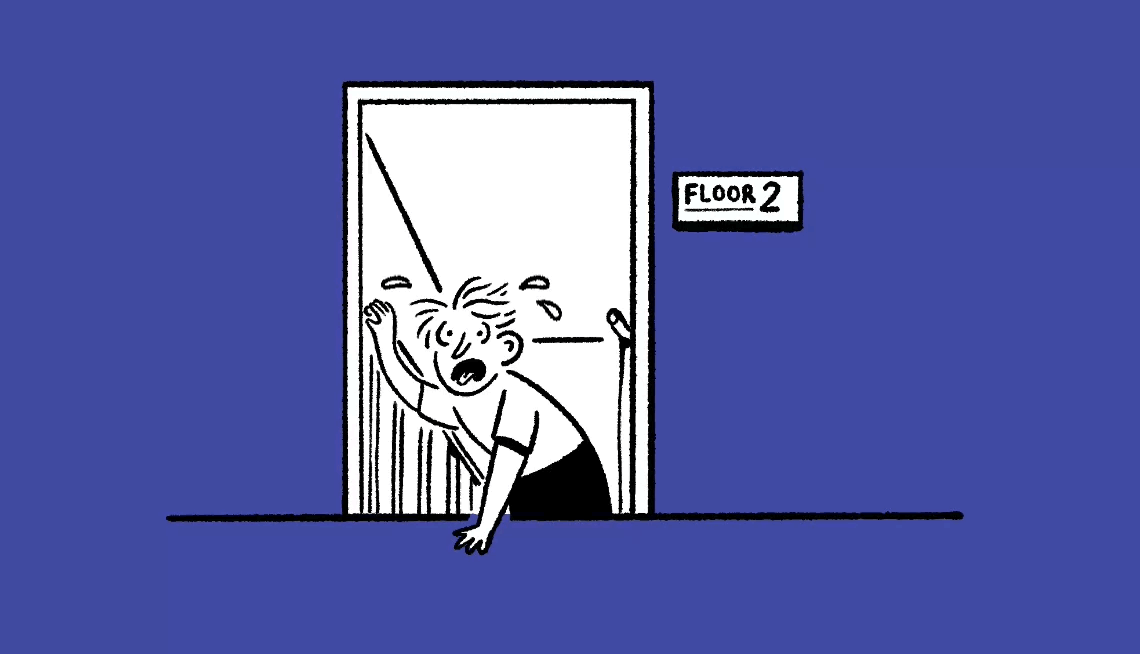AARP Hearing Center


I feel breathless when I’m going up two flights of stairs. Is it normal and what can I do about it?
Feeling out of breath after climbing flights of stairs is a common experience, especially in New York City, where I practice. My patients may need to climb dozens of subway steps to get to their destination. I can’t tell you how many times someone has said, “Dr Adam, I’m in pretty good shape. But by the time I get to the top of the train station’s staircase, I feel breathless and lightheaded. I have to grab the railing and hold steady for a minute.”
If you’re physically fit but feel winded, or even slightly lightheaded, after climbing a couple of flights, it’s most likely nothing to worry about. It’s your body’s way of telling you that your lungs and heart are working harder to get the energy and oxygen they need to do their job. One study found that we use nine times as much energy to continuously climb stairs as we do when we’re just sitting.
But there are times when you should speak with your doctor to investigate why you’re having a hard time. Some folks feel out of breath when they’re walking up steps because of the medication they’re taking. For instance, the primary purpose of beta-blockers is to lower high blood pressure and slow down your heart rate. This makes it harder for the body to deliver oxygen to the muscles you need for climbing. Other drugs, such as anti-depressants, sleep medications and muscle relaxants, can contribute to breathlessness and muscle weakness.


Ask Dr. Adam
Adam B. Rosenbluth, M.D., is an internist and cardiologist in New York City. Each Monday, he’ll weigh in on your questions about how to make your body work better for you. His AARP book will be published in 2027. Join in on the conversation on social media @dradamrosenbluth to learn to move the needle on your personal health in an achievable way.
Any sort of lung disease will likely cause problems with stair-climbing. Chronic Obstructive Pulmonary Disease (COPD) is the most common one, and almost 10 percent of people over age 65 are dealing with COPD, emphysema or chronic bronchitis. Asthma and allergies can make breathing especially stressful when you’re exerting yourself. Of course, smoking makes it harder because it reduces the oxygen-carrying capacity in your blood. The result is fatigue, weakness and shortness of breath. Being overweight can make it difficult, too.
You should also let your doctor know if discomfort climbing steps is new for you, or if the problem progresses. It could be an indication of a number of different heart issues.


































































You Might Also Like
Why Am I Shrinking As I Get Older?
A doctor's explanation on why people lose inches as they age and how to prevent it
What to Do About Thinning Hair
Help for older women with hair loss
Chronic Cough: Causes and Relief Options
Identify causes and relief for persistent cough